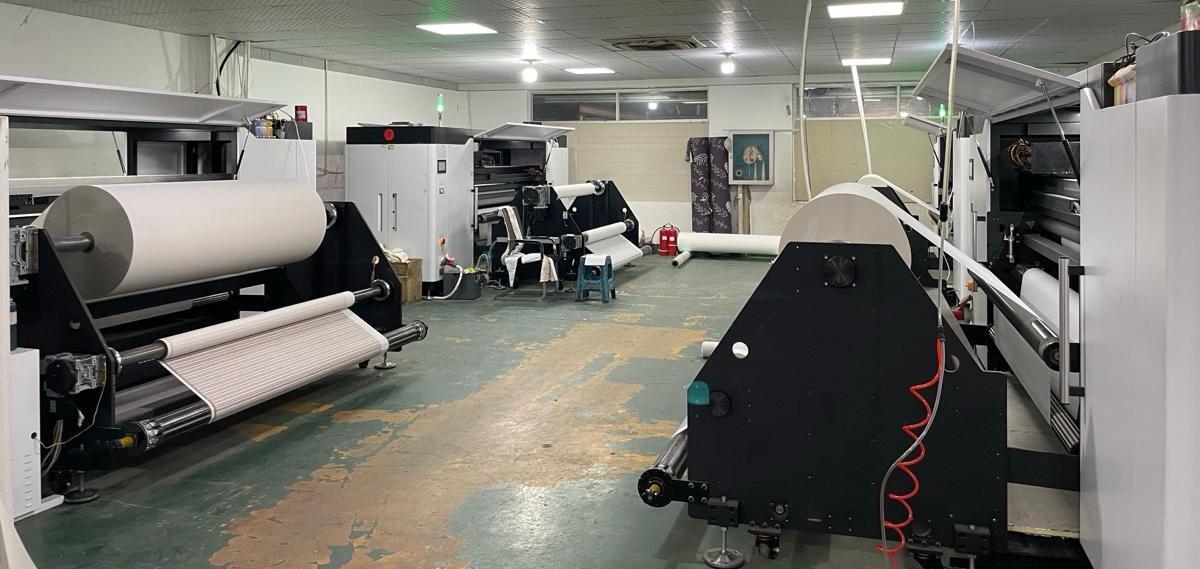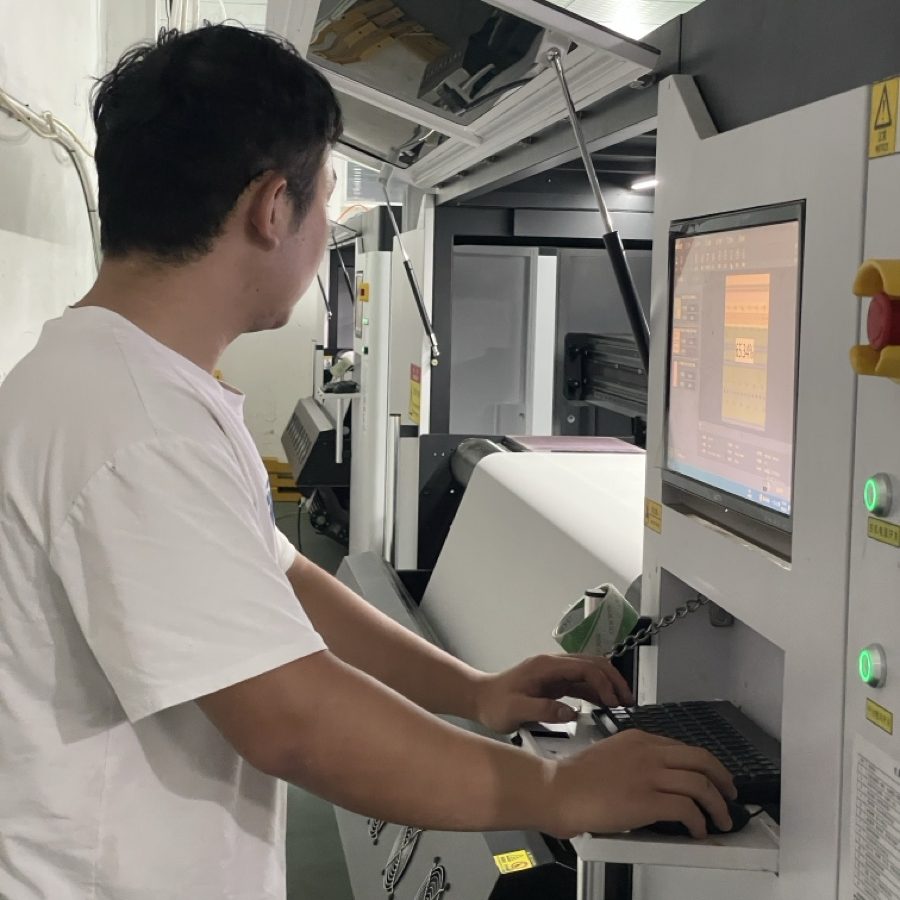
The world of textile printing is rapidly evolving, with digital printing technologies leading the charge in terms of speed, flexibility, and customization. For textile manufacturers, fashion designers, and printing enthusiasts, choosing the right digital textile printer is crucial to staying competitive and meeting the demands of a fast-paced market. But with so many options available, how can you make the best decision for your business? This guide will provide key insights into the factors you should consider when selecting a digital textile printer, and how to match the right printer to your specific needs.
Before diving into the details of what makes a digital textile printer a good fit for your business, it’s essential to understand the different types of printers available on the market. Digital textile printing technology includes several key categories, each designed to cater to different needs and materials.
Inkjet printers are the most common type of digital textile printer and are capable of printing high-quality designs directly onto fabric. These printers work by spraying ink droplets onto the fabric, creating sharp and detailed prints. Inkjet printers are versatile and can handle a wide range of textiles, from cotton to synthetics.
UV printers, which use ultraviolet light to cure ink, are highly versatile and capable of printing on a wide variety of materials, including textiles, wood, glass, and plastics. UV printing offers high durability and vibrant colors, making it ideal for products that require longevity and resistance to wear.
Solvent printers use ink-based solutions that are chemically reactive and designed for printing on materials like PVC, banners, and vinyl. While they are less common for textile printing, solvent printers are still used for creating durable outdoor fabrics and banners.
The type of fabric you intend to print on is one of the most critical factors in choosing the right digital textile printer. Not all printers work equally well with all textiles, so it’s essential to match your printer to the fabric type you plan to use.

The resolution of a digital textile printer plays a significant role in the quality of the prints. Print quality is defined by the level of detail and color accuracy a printer can produce. When choosing a printer, you should consider the following:
Image Placement: Image 3 – Close-up of a high-resolution printed textile with vibrant colors.
Description for Image 3:
A close-up of a textile print showcasing the fine detail and vibrant colors achievable with a high-resolution digital textile printer. The image emphasizes the importance of resolution and color accuracy in producing high-quality prints.
Another crucial factor to consider is the production speed of the digital textile printer. Speed is essential for meeting deadlines and maintaining a smooth production process. Depending on the scale of your operations, a faster printer may be necessary to meet high-volume demands, especially for large print runs or bulk orders.
While advanced features and high-quality output may be tempting, it’s important to consider the total cost of ownership when choosing a digital textile printer. This includes:
Digital textile printers require regular maintenance to ensure optimal performance. When selecting a printer, consider the level of customer support and service offered by the manufacturer. Look for vendors that provide comprehensive training, easy access to technical support, and reliable maintenance services.

Choosing the right digital textile printer involves a thorough understanding of your specific needs, the fabrics you work with, and your production goals. By considering factors like printer type, resolution, speed, and cost, you can make an informed decision that will help elevate your printing business to new heights.
At HOLDWIN, we are committed to providing innovative, high-performance digital printing solutions that cater to the unique needs of textile manufacturers and designers worldwide. Whether you’re looking for a high-speed sublimation printer or a versatile DTF machine, we offer a range of products that deliver exceptional results and support your business’s growth. With our ability to rapidly develop new products and provide personalized solutions, we are dedicated to becoming a trusted partner for your printing needs.
“HOLDWIN’s digital textile printer has revolutionized our operations. The quality of the prints is unmatched, and the speed has dramatically improved our turnaround time. The customer support and training we received helped us integrate the printer into our workflow seamlessly. It’s been a game-changer for our business!”

Zhiyu is passionate about good products, good services, and good prices to let consumers know that choosing us is the right choice! For partners and end customers, we will provide one-on-one considerate smart services and provide you with more high-quality procurement solutions.